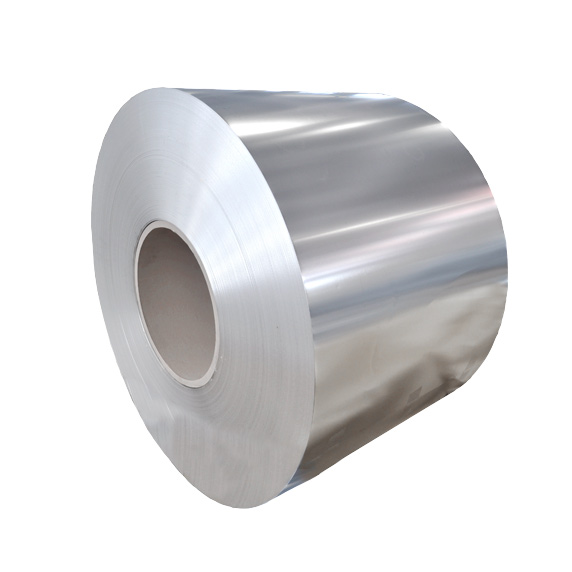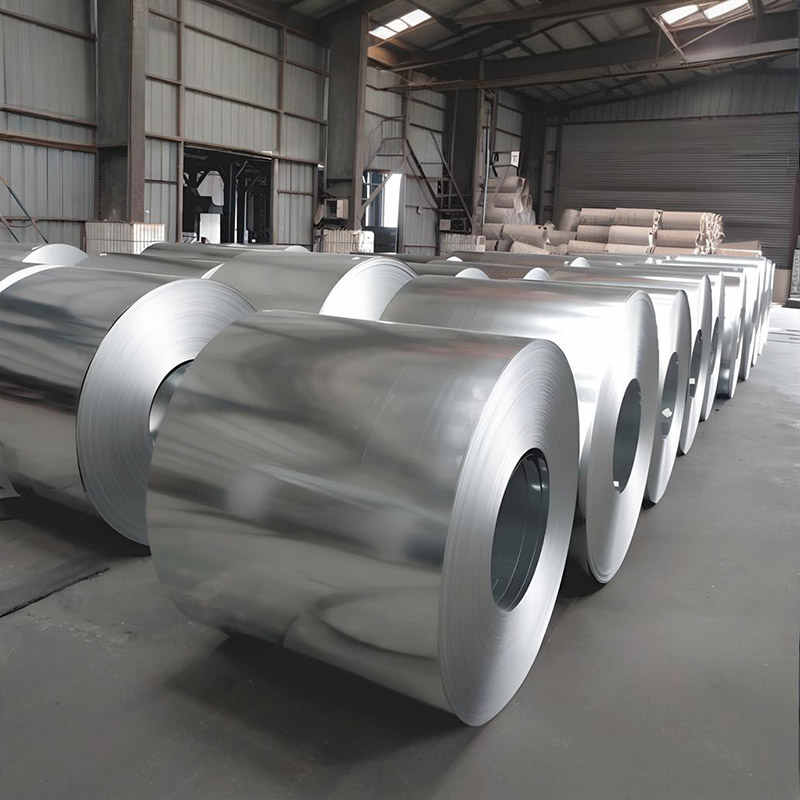What exactly is hot-dip galvanizing and why does timing matter so much in this corrosion protection process? Hot-dip galvanizing involves immensing steel components into a bath of molten zinc, creating a metallurgical bond that forms multiple layers of zinc-iron alloys topped by a pure zinc layer. The precise timing of this immersion process significantly impacts the quality and durability of the zinc coating, ultimately determining how well the metal will withstand corrosive environments.
When is the optimal moment for hot-dip galvanizing to achieve maximum protection? The timing considerations begin long before the actual immersion. Proper surface preparation through cleaning and pickling is crucial, as any residual oxide, oil, or paint will compromise the zinc’s adhesion. The steel must be at the right temperature when entering the zinc bath—typically between 450-465°C—ensuring proper metallurgical reaction without damaging the substrate. Immersion duration must be carefully controlled; too short, and the coating may be thin and uneven; too long, and excessive zinc-iron alloy formation can create a brittle coating.
How does hot-dip galvanizing enhance metal durability in harsh conditions? The resulting zinc coating provides both barrier protection and cathodic protection. When the coating is scratched, the surrounding zinc sacrificially corrodes to protect the exposed steel. This dual protection mechanism extends the service life of steel components dramatically, often by 50 years or more in various environments. The thickness of the coating, directly influenced by immersion time and technique, determines the level of protection—thicker coatings offering longer-lasting defense against corrosion.
What factors should manufacturers consider when implementing hot-dip galvanizing? Material composition affects the final coating quality; higher silicon and phosphorus levels can lead to thicker, more brittle coatings. Steel design should allow for proper drainage and ventilation during the process to prevent uneven coating. Environmental considerations include zinc recovery systems and fume management to minimize ecological impact.
In my experience working with industrial clients across marine, infrastructure, and agricultural sectors, I’ve seen how proper hot-dip timing transforms metal durability. One coastal bridge project that implemented precise timing controls showed minimal corrosion after 15 years, while adjacent structures with conventional treatments required extensive repairs. This real-world application demonstrates how attention to timing details in hot-dip galvanizing yields significant long-term benefits.
As industries increasingly demand sustainable solutions, hot-dip galvanizing continues to evolve. Advances in zinc alloys and process controls are expanding its applications while reducing environmental impact. By mastering the timing of each process stage, manufacturers can deliver corrosion-resistant components that outperform alternatives in cost-effectiveness and longevity, making hot-dip galvanizing an indispensable technique for metal protection in corrosive environments.



